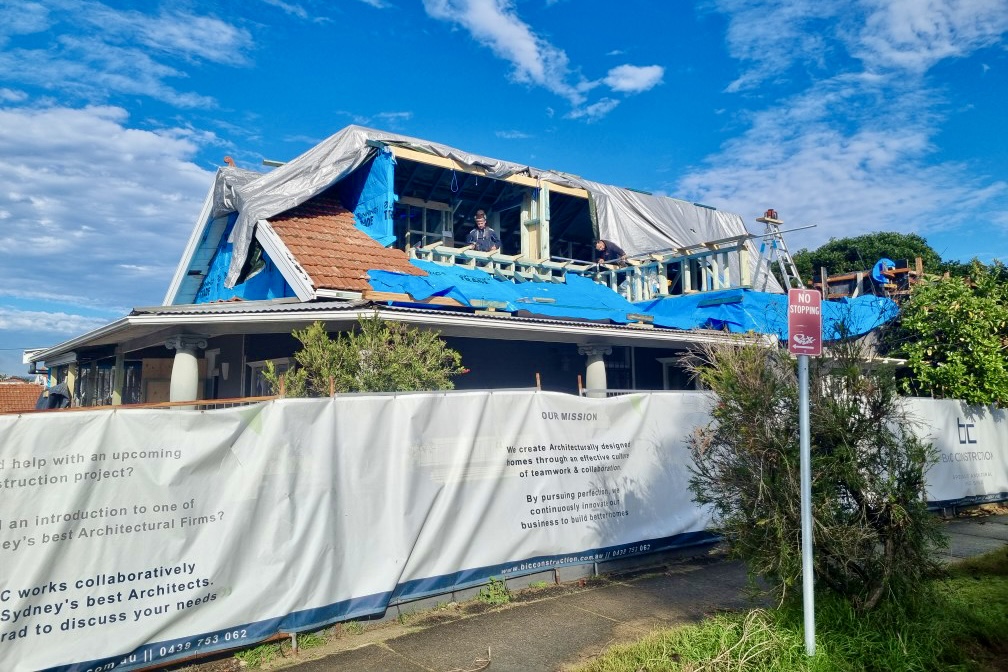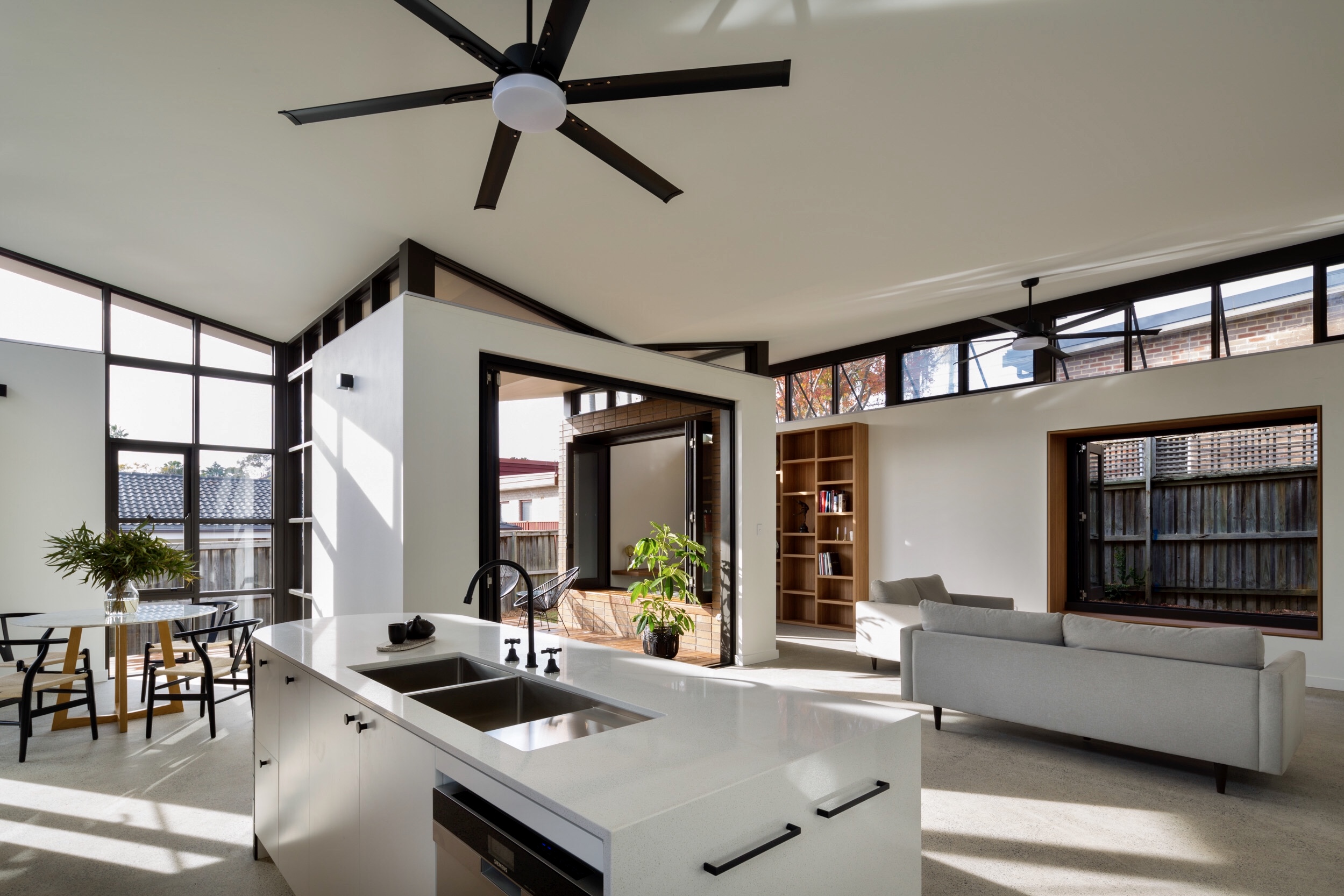Cost Plus Residential Building Contract
13 October, 2022 | Mikala Chapman

As with any contract, they can all vary slightly depending on the terms set out and the contract used. This is a basic rundown of how a cost-plus contract works in residential construction.
Does the builder need to provide an estimate of the contract price? In short no, the builder does not need to provide an estimate.
But understandably before you start a build most people would like to have a reasonably good understanding of what it’s likely going to cost.
If an estimate is provided it must be understood that it is an estimate only, it is a rough guide as to what the end cost might be.
There are many variables that can change the estimated cost.
Changes in material choices like going from a basic 300×600 white porcelain tile to natural stone, or un-foreseen build issues such as hitting rock in a dig or even changes in the overall design such as making a room larger will all affect the estimated costs provided.
Some changes may come at a higher cost to you, but a big positive with cost plus is that you may have some cost-saving surprises or find cheaper alternatives along the way.
For example, your tiles may go on sale, or you find something just as nice but cheaper, you may have expected to hit a rock during your dig but don’t, therefore all these areas will come in less than the original estimated price saving you money.
When providing an estimate your builder should base the costs on the latest known material & labour costs and accurately define the current scope of works that are being estimated at that time, keeping in mind that if you make changes to the design throughout the build, it will likely cost you more in the end.
During construction, costs should be regularly reviewed and shared by all parties to avoid any surprises.
How does a cost-plus contract work?
A cost-plus contract is when a builder or contractor obtains materials and services throughout the construction process and those costs are passed onto the owners with an agreed margin to cover overheads, administration, and profits. The hourly rate for contractors is usually disclosed and agreed upon prior to work beginning.
The current average cost-plus percentage is between 10-20%.
Example of Cost Plus Contract
Bob the builder calculates the building works for a particular stage as follows.
Subcontract Carpenter $5500 incl GST
Surveyor’s fees $1100 incl GST
Scaffold hire $1100 incl GST
Total $9900 Incl GST
Note: Bob can claim GST paid so excludes the GST from the costs of the building works.
Total amount owing excluding GST $9000.
- Bob has also worked and managed the project himself for a total of 10hrs at $100 per hour excluding GST.
Total $1000 excluding GST
- Bob has nominated a 20% percentage fee for his builder’s margin.
$9000 + $1000 = $10000
$10000 + 20% = $2000
Total Builders Fee $2000
Bob must now calculate the GST for A,B and C
($9000 + $1000 + $2000) *10% = $1200
- Total GST $1200
When Bob adds A, B, C &D together ($9000,$1000,$2000+$1200)
The total cost of the building work is $13,200
Why are cost-plus contracts a good idea in this current build climate?
How is a fixed-price contract different?
In a fixed-price contract, you will still pay for costs including labour, materials, equipment, and margin. With a fixed-price contract, the builder needs to place a contingency figure on the overall cost to cover sharp and unexpected price increases in materials and labour. Particularly in this post-COVID climate, it is essential that a contingency is in place.
The contingency benefits both the builder and the client because no one wants to be halfway through a build and have their builder walk away, deliver a poor-quality home trying to save costs or have the company collapse because they are trying to finish a build in the red. Ultimately, with a fixed price contract you can still have variations in costs, but the risk lies with the builder hence the contingency.
With a cost-plus contract, no contingency is required because you are simply paying for what you use, both with materials and labour. With cost-plus the risk for the client is not tracking the budget accurately during the build and potentially getting ahead of yourself and spending more than you can afford. It is also vital to vet your builder, ensure they have good reviews, are professional and have great communication.
Latest From the Blog

What details are typically included in a set of residential architectural plans.
7 February, 2024
A typical file set of architectural plans for a residential building includes a variety of documents that provide comprehensive guidance…
Read More...
How to choose an Architect
13 November, 2023
Choosing an architect is a crucial step in the process of designing and building a home. Loving an architect’s work is…
Read More...
How much do home renovations increase home value?
22 August, 2023
The increase in your home value due to renovations can vary widely depending on several factors, including the type of…
Read More...